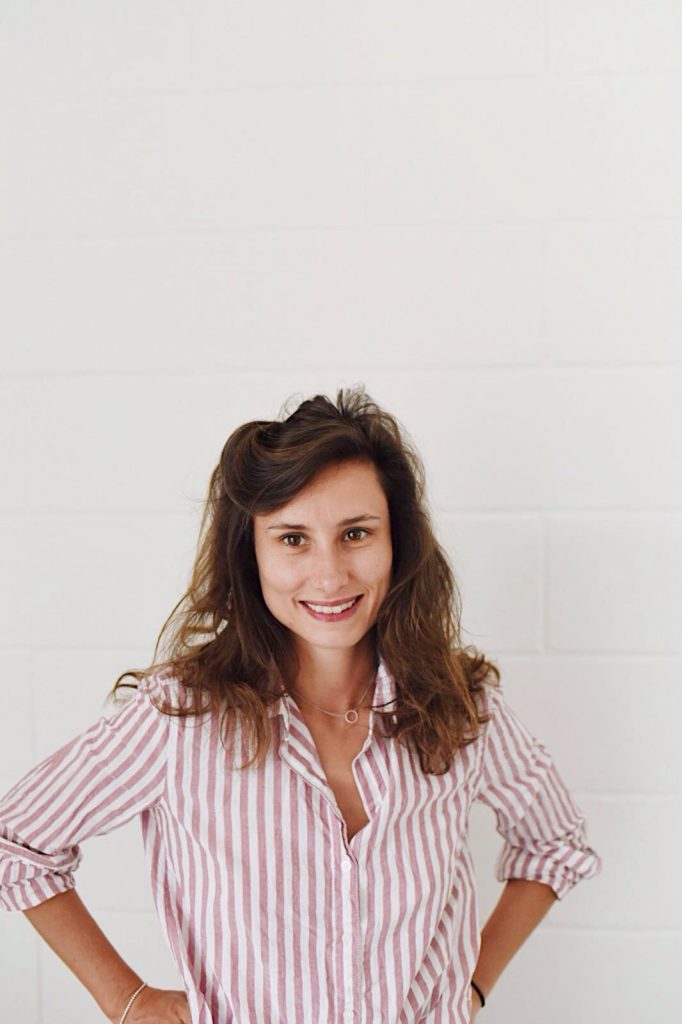In January 2021 a flexible, multifunctional, AV-supercharged educational space was completed on the Tilburg University campus in the Netherlands. This Innovation Room is the home of EDUiLAB, Tilburg University’s Center for Educational innovation. EDUiLAB envisioned a collaborative learning environment that looked to the future and that could effectively facilitate hybrid learning despite the many challenges it poses to both teachers and students. To this end the Innovation Room was equipped with a 7-meter-long interactive whiteboard fitted with several high-resolution cameras, professional-grade displays, long-range microphones and a high-end audio system. What confirms the Innovation Room as a fully-fledged future-proof education space is the fact that its development was initiated to respond to potential post-pandemic scenarios even before the pandemic hit.

Innovation stems from collaboration and when initial talks about the design and furnishing of the Innovation Room began, EDUiLAB’s team wanted this 54 m² space to inspire collaboration, learning and innovation with the support of new technologies.
To this end, EDUiLAB collaborated closely with a consortium of private parties[1], all active in the field of audio-visual technology and applications. This, coupled with the supervision of an interior designer led to the creation of an innovative learning space. With its energetic colour scheme, mobile furniture and high-end user-friendly AV facilities, this space aims to immerse its users into an atmosphere that resonates with concepts such as “inspiring, interactive, challenging and dynamic”.
At the push of a button, the whiteboards allow for intuitive distance and hybrid collaboration, giving everyone an equal chance to participate. As a matter of fact, in the Innovation Room students, teachers and staff can continue to learn, innovate, and have fun together, regardless of their physical location.

Additionally, the multi-functional furniture stimulates different forms of collaboration. This makes the Innovation Room a perfect place to experiment and collaborate on educational innovation projects.
In May of this year the Innovation Room won the EUNIS award for “Best AV Enabled multifunction educational space”. Read the full paper here.
Features of the Innovation Room
The Innovation Room’s AV technology consists of three white boards that, together with the interactive projectors, 4K webcams and document camera, have multiple functionalities. The AV technology used in this room takes hybrid teaching and learning to the next level by providing a remote learning experience that, thanks to the level of interactivity, closely resembles in-person learning.
Seamless communication between online and on-campus users
Seamless communication via spoken dialogue is allowed by two powerful microphones that pick up in-person students’ contributions, so that online students can hear what is being said in the room. Consequently, the communication flow is not interrupted by messages in the online conference chat or by the teacher having to relay in-person students’ contribution back to the remote audience.
Eighty per cent of nonverbal communication cues are also accounted for, as cameras on opposite walls capture in-person users regardless of where they are sitting. This is in contrast with current hybrid teaching lecture halls where a wall of screens showing online students is placed behind the desks where physical students sit, meaning that only the teacher is facing both audiences. The third board as well as a smaller screen opposite the boards show the gallery view of online participants.

Figure 2: EDUiLAB Tilburg University Innovation room brainstorms
An additional document camera can be placed on any of the desks to broadcast images of objects being analysed or manipulated.
One-(wo)man show
Ease of operation is allowed by the fact that pressing one single button will start the hybrid session. The Innovation Room is unique in that it gives its users agency and independence. In fact, despite the small “Silicon Valley” hidden behind the boards, such complexity still allows teachers to walk into the room, operate the facilities and run a session completely on their own. A true one-(wo)man show! While the concept can be scaled up by embedding the technology in larger spaces, this DIY potential remains unthreatened.
Collaboration-stimulating furniture
The quality furniture aims to facilitate different forms of collaboration accommodating up to 20 users. All furniture can be easily moved and stored in the room. It is lightweight, mobile, collapsible and stackable. The different elements of the furniture can quickly be adjusted as desired by one person to create a theatre, individual, or small group-work formation. Additionally, the four desks can easily be turned into standing tables or used as whiteboards for small group brainstorming and agile scrum methodology sessions. As Tilburg University embraces more and more a student-centered educational model, the Innovation Room is the playground where teachers and students alike can experience first hand what educational innovation is really about.

Authors
Aukje Leufkens
PhD, Operational Manager EDUiLAB

Chiara Baldo
MA MSc, Instructional Designer
References
Tilburg University (2021) Tilburg University’s EDUiLAB Innovation Room. YouTube. Retrieved April 30 2021, from: https://www.youtube.com/watch?v=PA9gecmVaYA
[1] Kinly, Epson Europe B.V., Smit Visual B.V., Logitech Benelux B.V. and Extron Electronics










